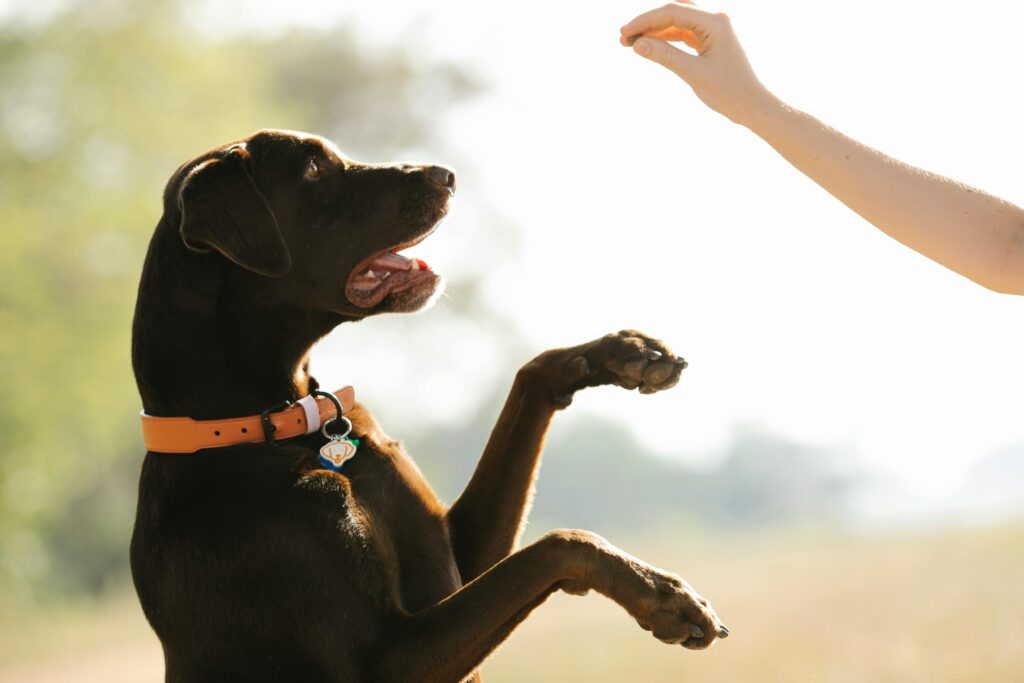
Training a puppy can seem like a daunting task, but combining play and discipline creates a balanced and effective approach to shaping your furry friend’s behavior. Puppies learn best in an engaging environment where fun is paired with clear guidance. This combination not only accelerates learning but also strengthens the bond between you and your pet. With the right balance, you’ll be well on your way to achieving puppy training success.
Why Play and Discipline Work Together
Play is a natural and enjoyable way for puppies to explore the world, burn energy, and interact with their environment. Discipline, on the other hand, provides structure, teaching puppies the boundaries they need to thrive as part of your family. When paired, these elements create an ideal framework for training. Here’s why this combination is so effective:
- Play keeps your puppy engaged, reducing boredom and frustration during training sessions.
- Discipline ensures consistency and reinforces important lessons.
- Together, they create positive reinforcement that encourages good behavior.
By blending play with structured training, you can make learning enjoyable and set your puppy up for long-term success.
Incorporating Play into Training
Training doesn’t have to be a rigid or tedious process. Through games and interactive activities, you can teach your puppy essential skills while keeping their attention focused.
1. Interactive Fetch
Fetch is more than just a game—it’s a chance to practice recall, focus, and commands.
- Start by teaching your puppy to bring the toy back to you.
- Use commands like “come” and “drop it” during the game, rewarding them for compliance.
- Gradually introduce challenges, such as asking for a “sit” before throwing the toy again.
This playful activity builds your puppy’s obedience and responsiveness in a fun setting.
2. Tug-of-War with Rules
Tug-of-war can teach impulse control and reinforce boundaries.
- Set clear rules, like letting go of the toy when you say “drop it.”
- If your puppy gets overly excited or bites, stop the game briefly to signal that playtime ends when boundaries are crossed.
- Reward your puppy for playing calmly and following commands.
This game balances fun and discipline, promoting respect and self-control.
3. Obstacle Courses for Confidence and Focus
Creating a mini obstacle course with household items can provide mental stimulation and teach commands like “jump” and “stay.”
- Guide your puppy through the course, using positive reinforcement to encourage them.
- Adjust the difficulty based on their comfort level to build confidence.
This activity improves focus, problem-solving, and trust in your guidance.
The Role of Discipline in Training
While play engages your puppy, discipline ensures they understand and follow the rules. Discipline doesn’t mean punishment; instead, it involves consistency, boundaries, and clear communication.
Key Principles of Discipline:
- Consistency is Key: Always use the same commands and rewards so your puppy knows what to expect.
- Timing Matters: Correct unwanted behavior immediately so your puppy associates the correction with their actions.
- Positive Reinforcement: Reward good behavior with treats, praise, or playtime to encourage repetition.
- Calm Corrections: Use a firm but gentle tone to guide your puppy without instilling fear.
Discipline provides the structure your puppy needs to feel secure and thrive in their training journey.
Common Mistakes to Avoid
Achieving puppy training success requires patience and understanding. Here are a few pitfalls to avoid:
- Inconsistent Commands: Switching between phrases like “sit” and “sit down” can confuse your puppy. Stick to one term per command.
- Overtraining: Puppies have short attention spans, so keep sessions brief and positive.
- Skipping Play: Training without fun can make your puppy lose interest and motivation.
Balancing play and discipline ensures your puppy stays engaged and eager to learn.
The Long-Term Benefits of Play and Discipline
By combining play and discipline, you’re not just teaching your puppy commands—you’re setting the foundation for a lifetime of good behavior and trust. This balanced approach promotes:
- A well-rounded puppy who understands boundaries.
- Stronger focus and faster learning.
- A deeper bond between you and your furry companion.
Conclusion
Achieving puppy training success doesn’t have to be stressful or overly formal. By blending play and discipline, you create a training environment that is both fun and effective. Interactive games help your puppy learn commands while enjoying the process, and consistent discipline reinforces those lessons.
Start incorporating play and discipline into your puppy’s training today, and watch as they develop into a happy, obedient, and confident companion. With patience, creativity, and structure, you’ll unlock your puppy’s full potential and enjoy the journey together. Petsdogpuppy
